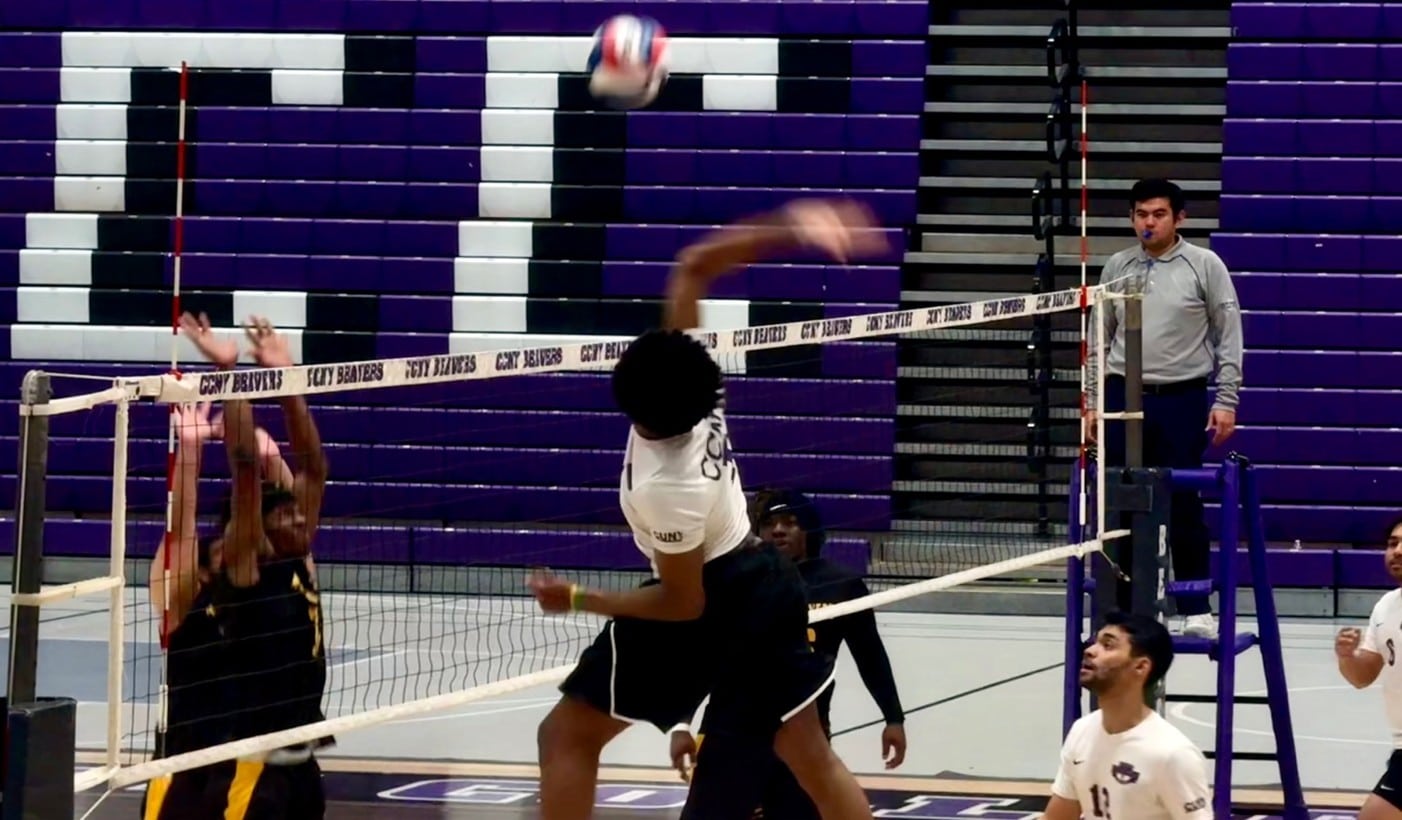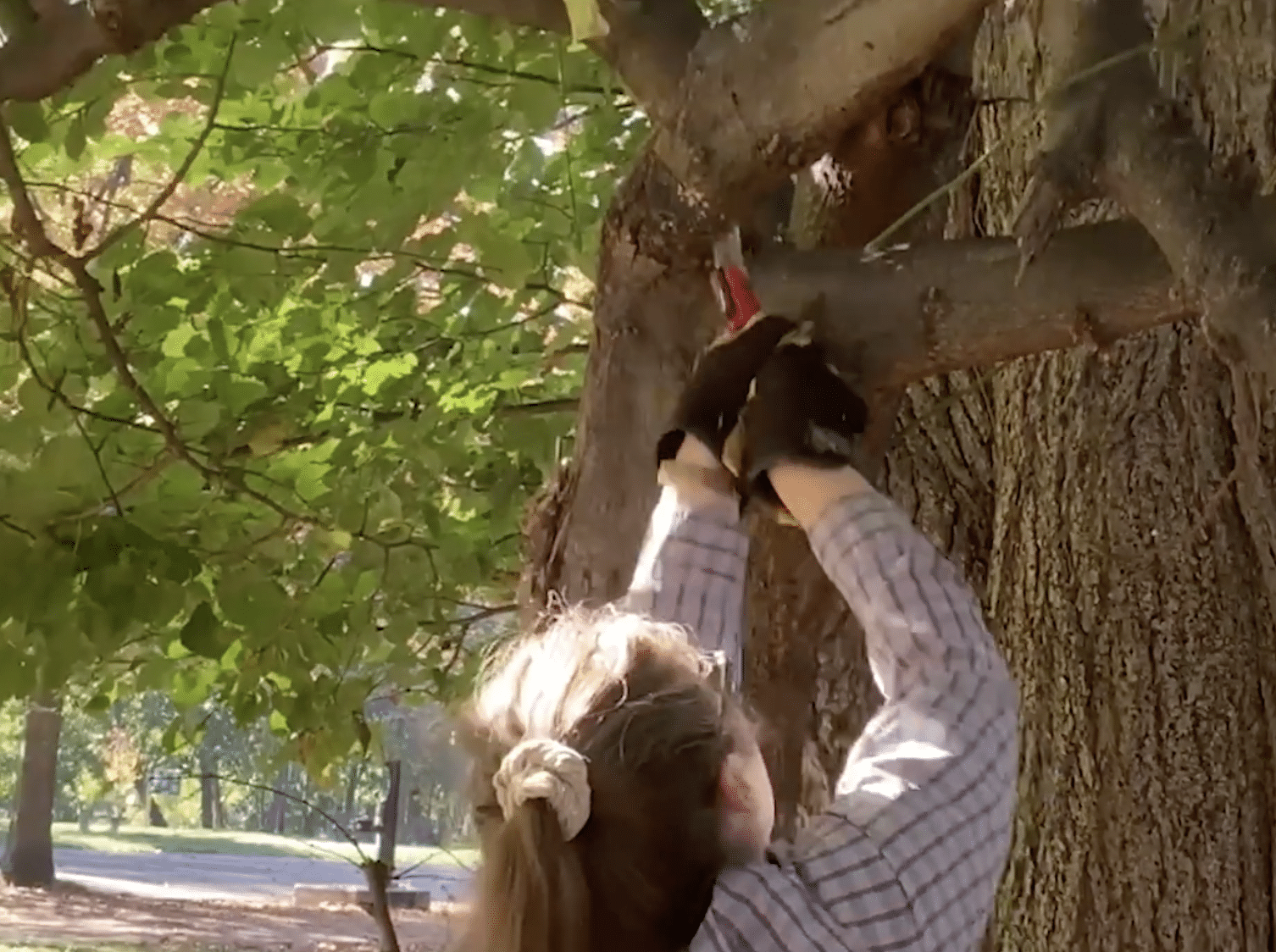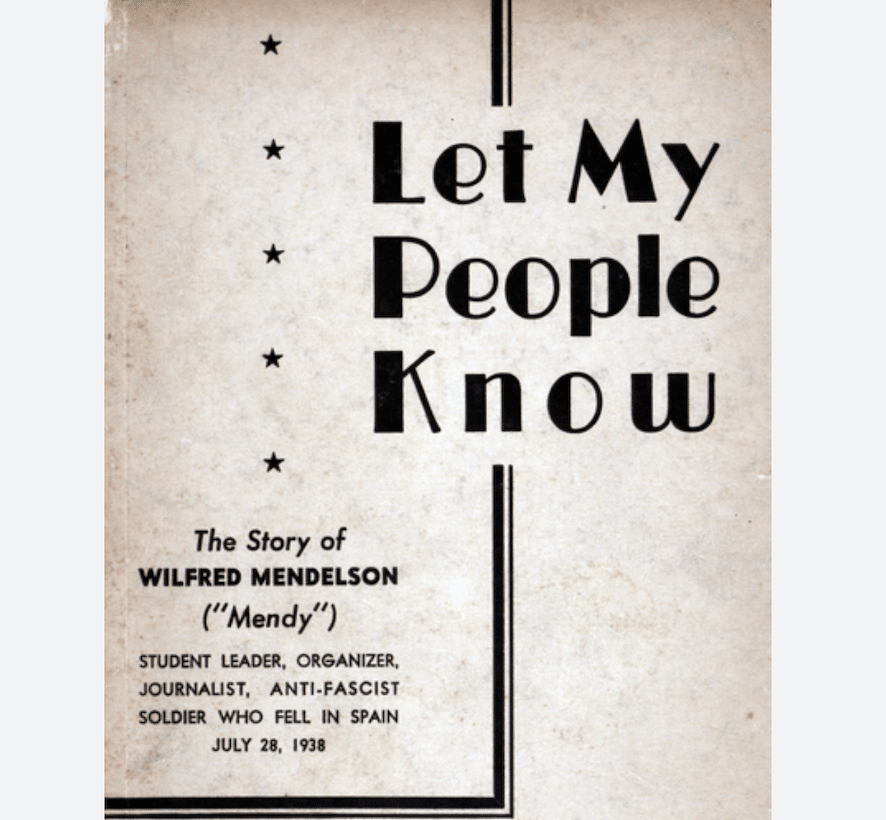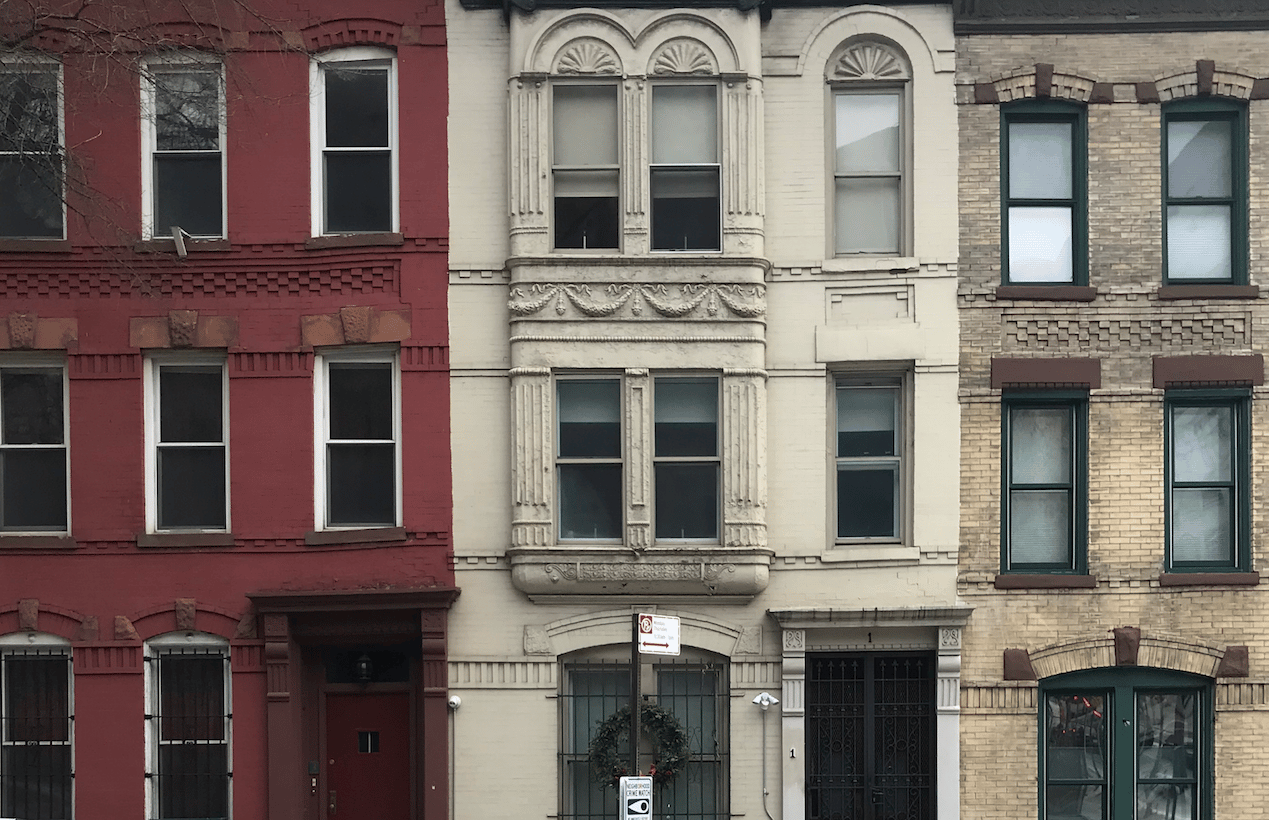116th Street, Little Senegal in Harlem. Photo by Knulclunk. Creative Commons License, courtesy Wikimedia.
HARLEM, N.Y
When Awa’s family left Senegal for Harlem three years ago, they thought they were heading toward something better. Awa is now a 20-year-old college student at Hunter College, but the journey hasn’t been easy. Her dad used to be an engineer. Now he drives Uber. Her mom cleans houses. And Awa, once a top student, is struggling to keep up in a school that barely sees her.
She didn’t expect it to be easy, but she also didn’t expect to feel so alone. Back home, she had friends, teachers who knew her name, a life that made sense. Here, she’s one of many kids trying to adapt to a language she didn’t grow up speaking and a system that wasn’t built for her.
“Some days, I just wanted to hear someone call my name the way they did back home,” Awa said. “I’d sit on the train, surrounded by people, but I felt completely alone.”
That feeling is common. The City College of New York (CCNY) Professor Boukary Sawadogo writes in Africans in Harlem: An Untold New York Story , “In moving to a neighborhood, many of these African migrants may be encountering American notions of race and ‘Blackness’ directly for the first time. They were born, raised, and have developed professionally in contexts where their Blackness was either normative or even not a significant factor in identity and public discourse.”
That feeling is common. Boukary Sawadogo, a professor at City College of New York (CCNY), explained, “In moving to a neighborhood, many of these African migrants may be encountering American belief of race and ‘Blackness’ directly for the first time. They were born, raised, and have developed professionally in contexts where their Blackness was either normative or even not a significant factor in identity and public discourse.”
It’s not just about culture shock—it’s about survival. “Above all, we just want a safe and prosperous New York where we can build our lives and raise our families,” said a longtime Harlem resident. “But with high rent, fear of deportation, and the challenge of passing on our culture, it’s hard not to feel like we’re being pushed out of the very place we helped shape.”
In 2024, African migrants made up about 17% of people in NYC shelters. The Migration Policy Institute estimates around 30,000 undocumented African migrants live in the city. But immigration conversations in the U.S. rarely focus on them. For many, the road to New York was long and dangerous. Some fled war or poverty, crossed oceans and countries, and still faced restrictions and challenges once they arrived.
Adamah Bah, a former asylum seeker and founder of Afrikana, a support center in Harlem, said African migrants face unique challenges. “The anti-Blackness starts from their journey through South America,” she told FOX 5 . “They’re charged extra, looked at differently, and struggle with both language and culture. Once they arrive, many have no ID, no resources, and no way to communicate. If you don’t speak English or Spanish, you’re at a huge disadvantage.”
Awa sees it every day on 116th Street, known as Little Senegal. People sleep outside. They try to find work, and try to hold onto hope. Her family was lucky to find an apartment. Some of her classmates are sleeping in churches or city shelters.
With President Trump back in office, many feel even more anxious. Being visible feels risky. The fear of ICE never really goes away.
Creative Commons photo link.
Tags: African immigrants Aminata Ndiaye Boukary Sawadogo Harlem immigrants from Senegal Little Senegal Professor Boukary Sawadogo
Series: Community






